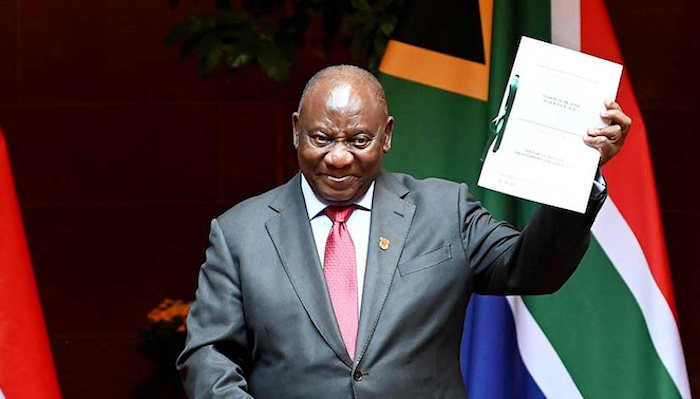In the quiet corridors of the World Bank’s Washington D.C. offices, a deal was signed that could change South Africa’s future and, by extension, Africa’s industrial trajectory. A $1.5 billion loan, greenlit this June, is set to supercharge South Africa’s efforts to fix what’s broken and power what’s possible.

But this isn’t just about rands and roads. This is about reclaiming momentum.
For years, South Africa, the continent’s most industrialised economy, has battled a trinity of crises: failing railways, stuttering ports, and a grid haunted by blackouts. These aren’t just operational inefficiencies; they’ve strangled businesses, crippled exports, and left townships in darkness. And for a nation with world-class potential, the weight of infrastructure decay has been heavy.
That’s why this World Bank loan matters.
A Three-Pronged Investment into the Future
The funds will focus on three strategic areas:
- Revitalizing Rail: Freight rail inefficiencies have cost the economy billions. The investment will target core corridors, enabling goods to move faster and reconnecting industries to global trade routes.
- Modernizing Ports: South Africa’s ports, once gateways of the continent have fallen behind. This loan promises digitization, expansion, and the decongestion of export pipelines.
- Stabilizing Energy: Eskom’s legacy of load-shedding will now face a green transition. The funding supports a clean energy shift, with solar, wind, and storage solutions leading the charge.
More Than a Loan, a Continental Signal
What’s unfolding isn’t just a South African story. It’s a signal to Africa: economic transformation needs backbone infrastructure. And that backbone needs long-term investment, policy willpower, and public-private partnerships.
As the African Continental Free Trade Area (AfCFTA) gains ground, South Africa’s rail and port revitalization could re-anchor regional value chains. From copper in Zambia to citrus in Limpopo, from lithium in Zimbabwe to digital startups in Nairobi, connectivity is currency.
If South Africa succeeds, it doesn’t rise alone.
Green Growth with Local Impact
What’s also notable is the climate-smart design of this plan. The World Bank has tied the funding to green infrastructure metrics, making this one of the largest climate-aligned infrastructure deals on the continent in 2025.
That means thousands of green jobs, cleaner energy, and a more sustainable growth path.
For young South Africans, the entrepreneurs, the engineers, and the digital creators, it’s not just about lights staying on. It’s about building a future where the infrastructure enables dreams, not delays them.
The Road Ahead
Of course, money isn’t magic. Execution will be key. Procurement must be transparent. Corruption must be resisted. And public oversight will determine if this becomes a turning point or just another missed opportunity.
But today, there’s a window open.
And through it, we see an Africa not waiting on the world but building with intent.